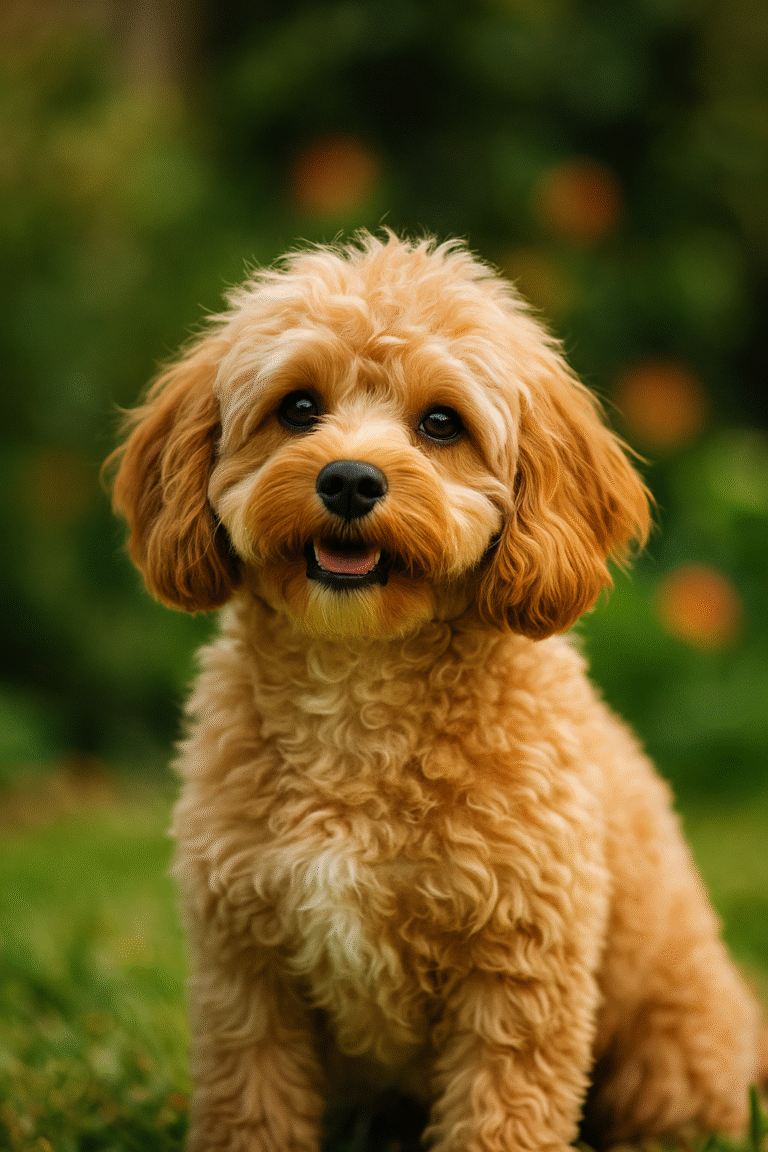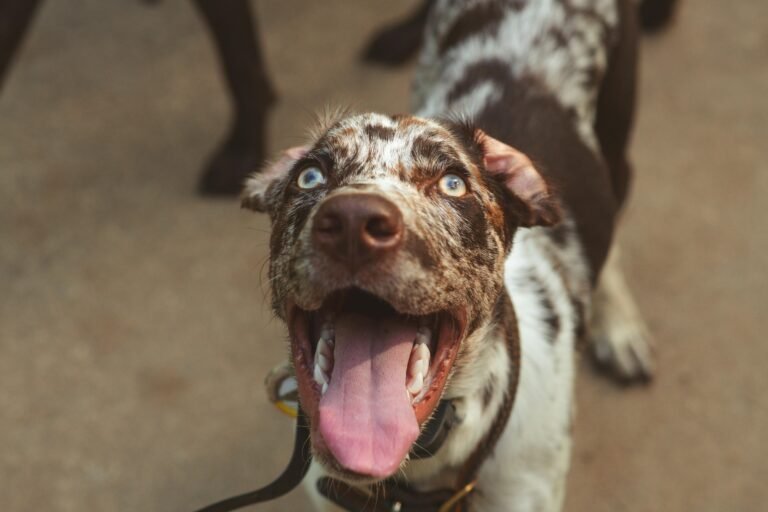Beagles are small scent hounds with origins in Great Britain, known for their keen sense of smell, merry disposition, and boundless energy. They were originally bred to track rabbits and hares, but over time they’ve become cherished companions due to their friendly, outgoing nature. This article explores the history, physical characteristics, temperament, and care requirements of the Beagle, providing insight for anyone considering this breed.
History
The modern Beagle was developed in England during the 1830s when Reverend Philip Honeywood established a pack in Essex. He crossed various hound breeds, such as the Talbot Hound, Southern Hound, and the Harrier, to create a compact scent hound suited to hunting hare. Beagles quickly gained popularity among hunters and farmers because of their endurance, impeccable scenting abilities, and musical voices. They were imported to the United States in the 1870s, and the American Kennel Club recognized the breed in 1885. Over time, their amiable disposition and manageable size made them sought after as family pets as well as field hounds.
Physical Characteristics
Beagles are small to medium dogs. They typically stand between 13 and 15 inches tall and weigh 20 to 30 pounds. Their muscular bodies are covered with a short, dense coat that lies close to the skin and is weather-resistant. Standard coat colors include tri-color (black, tan, and white), red and white, and lemon and white. Their broad head features large, expressive brown or hazel eyes and long ears that hang low and frame the face. The Beagle’s tail, known as a “flag,” is moderately long, set high, and carried upright; it often has a white tip that makes the dog visible when tracking through tall grass.
Temperament and Personality
Beagles are known for their even temperament and gentle disposition; they have been described as “merry” due to their outgoing personalities. They are social dogs that enjoy the company of people and other dogs. Because they were bred to hunt in packs, Beagles thrive on companionship and can suffer from separation anxiety if left alone for long periods. Their eagerness to follow scents can lead them to wander, so secure fencing and leashes are essential. Beagles are friendly and generally good with children, making them excellent family pets. However, their natural curiosity and tendency to bark or howl when bored or lonely require patient training and mental stimulation.
Health and Care
Beagles are generally healthy dogs with a life expectancy of 12 to 15 years. However, they are susceptible to certain hereditary conditions. Hip dysplasia, hypothyroidism, and epilepsy can occur in the breed. Their long, floppy ears can trap moisture and lead to ear infections, so weekly ear cleaning is necessary. Beagles also have a notable appetite and a tendency to gain weight easily; controlling portions and limiting treats can prevent obesity. Regular veterinary check-ups and vaccinations are crucial for maintaining your Beagle’s health.
Exercise and Training
Beagles are energetic and inquisitive dogs that require daily exercise to remain healthy and happy. Long walks, play sessions, and scent-oriented games like tracking or hide-and-seek are excellent ways to engage their minds and bodies. Because of their scent-driven nature, training a Beagle often requires patience and consistency. They respond best to positive reinforcement techniques involving treats and praise. Early socialization helps ensure they get along with other animals and adjust well to new environments. Without adequate exercise and mental stimulation, Beagles may develop behavioral issues such as excessive barking, digging, or escaping to follow a scent.
Grooming and Feeding
The Beagle’s short coat is low-maintenance. Weekly brushing helps remove loose hair and keep the coat shiny. Beagles shed year-round but more heavily during seasonal changes; more frequent brushing during these periods can minimize loose hair. Bathing should be done as needed, typically every couple of months or when the dog becomes particularly dirty. Routine grooming should also include nail trimming, teeth brushing, and ear cleaning. Feeding should be monitored carefully; choose a high-quality dog food appropriate for your Beagle’s age, size, and activity level, and feed measured amounts twice a day.
Living with a Beagle
Beagles adapt well to various living situations, including apartments, as long as they get sufficient exercise. Their sociable nature means they enjoy being part of family activities and should not be left alone for long periods. They may howl or bark when bored, so providing toys, interactive games, and opportunities to use their scenting skills will help keep them content. Because Beagles are scent hounds, they have a strong instinct to follow their nose; keep them on a leash during walks and ensure your yard is securely fenced.
Conclusion
Beagles are charming dogs with a rich history as scent hounds and a well-deserved reputation for being friendly, loyal companions. Their small stature, expressive eyes, and spirited personality make them appealing to many dog lovers. However, they require an engaged owner who can provide regular exercise, mental stimulation, and patient training. With proper care and attention, a Beagle will reward you with years of companionship and endless enthusiasm for life.






